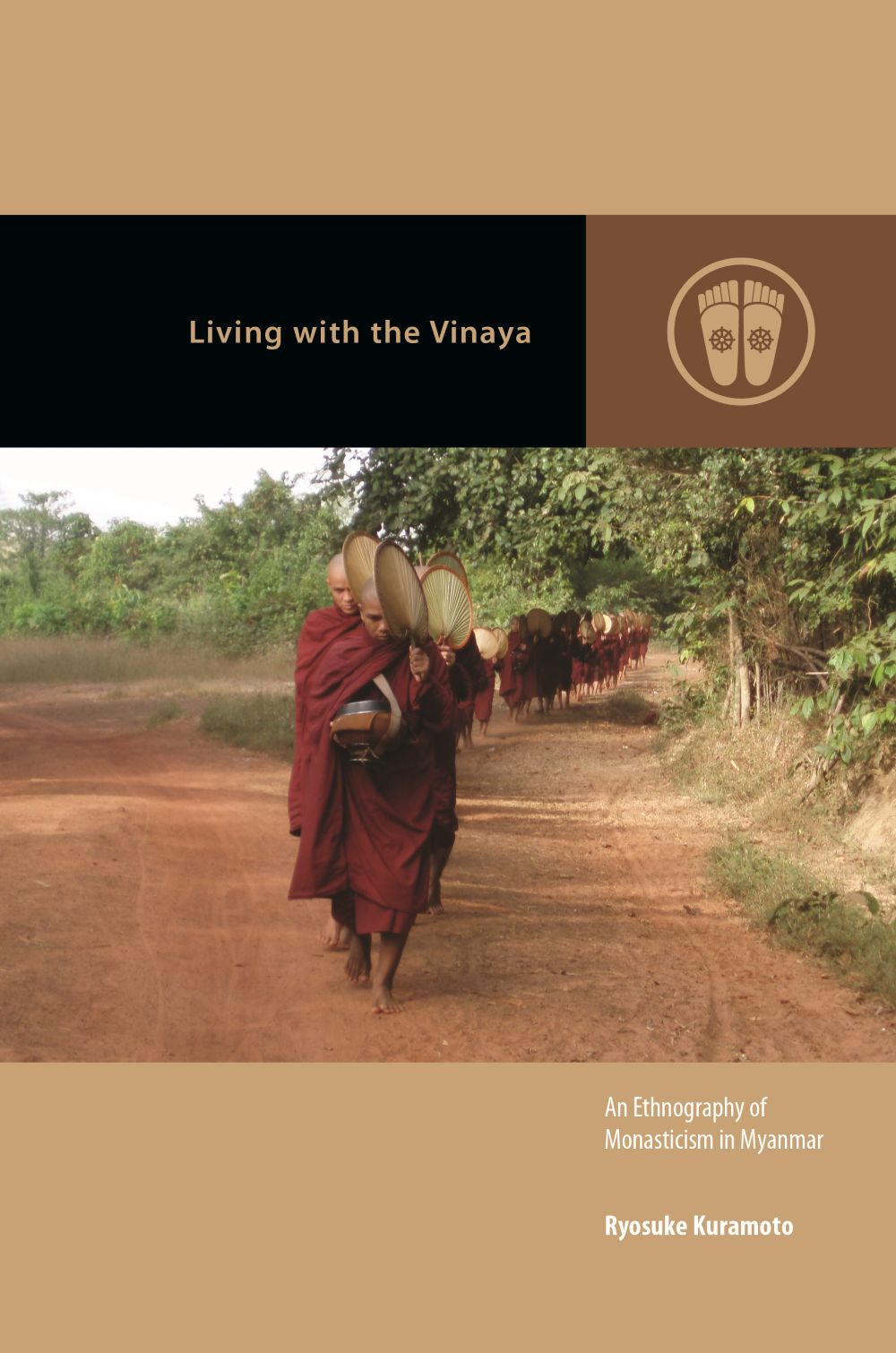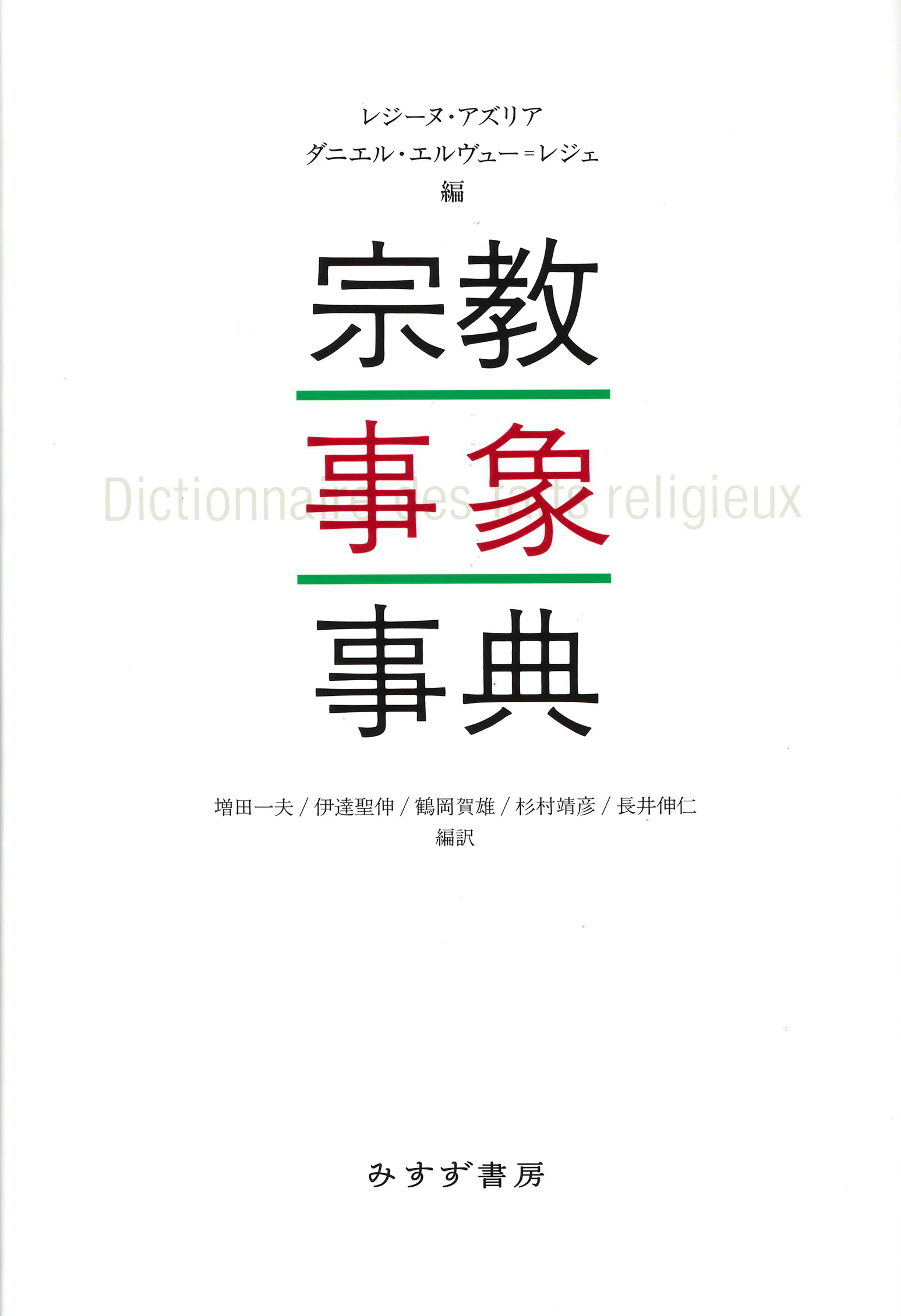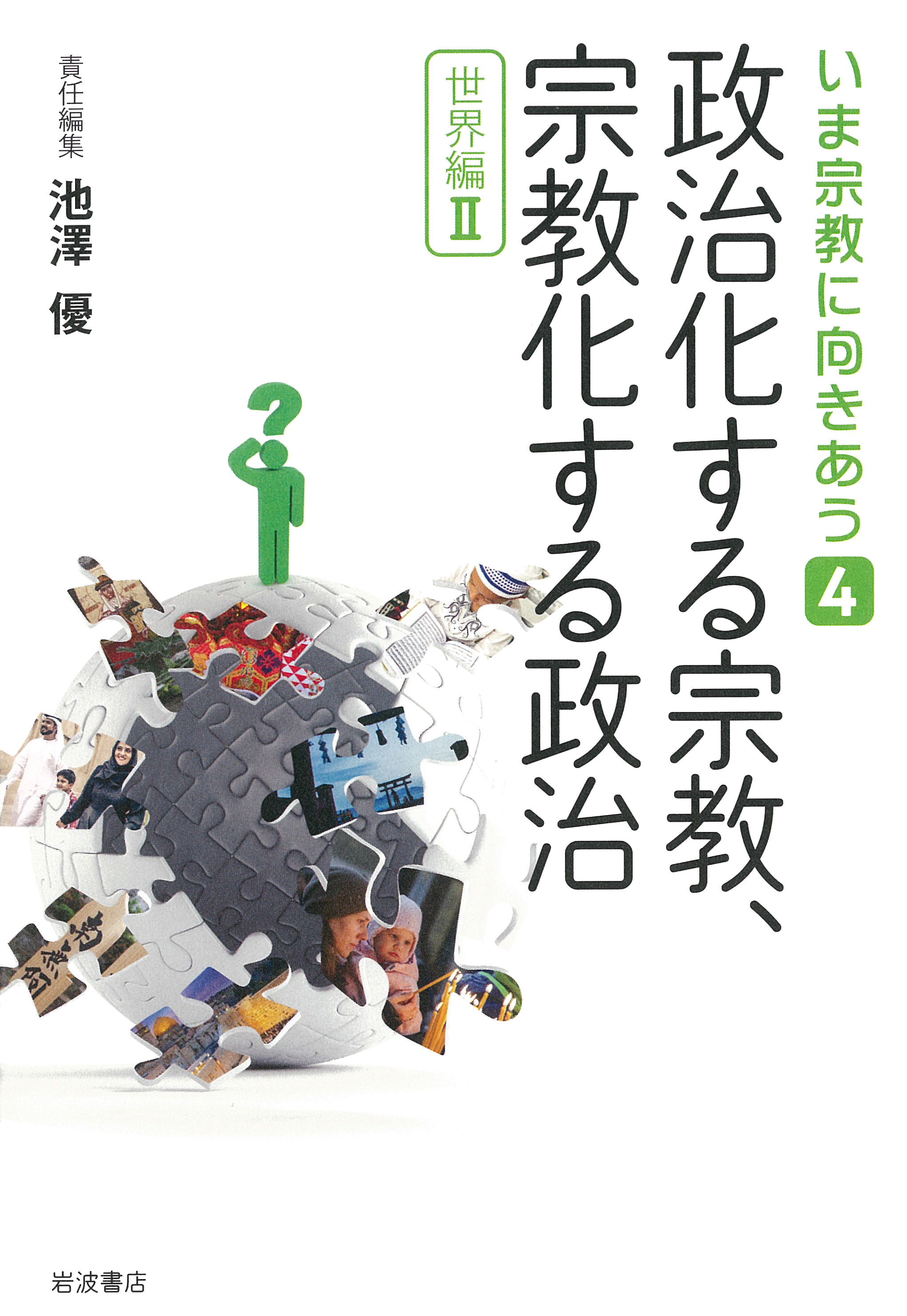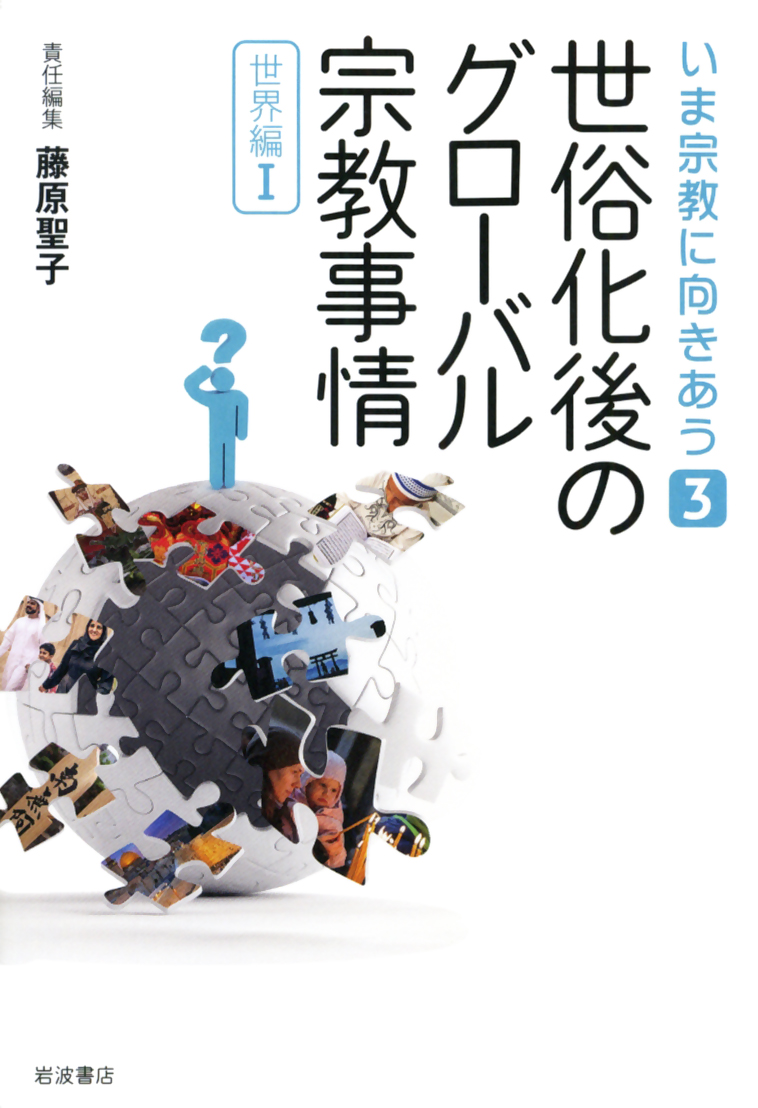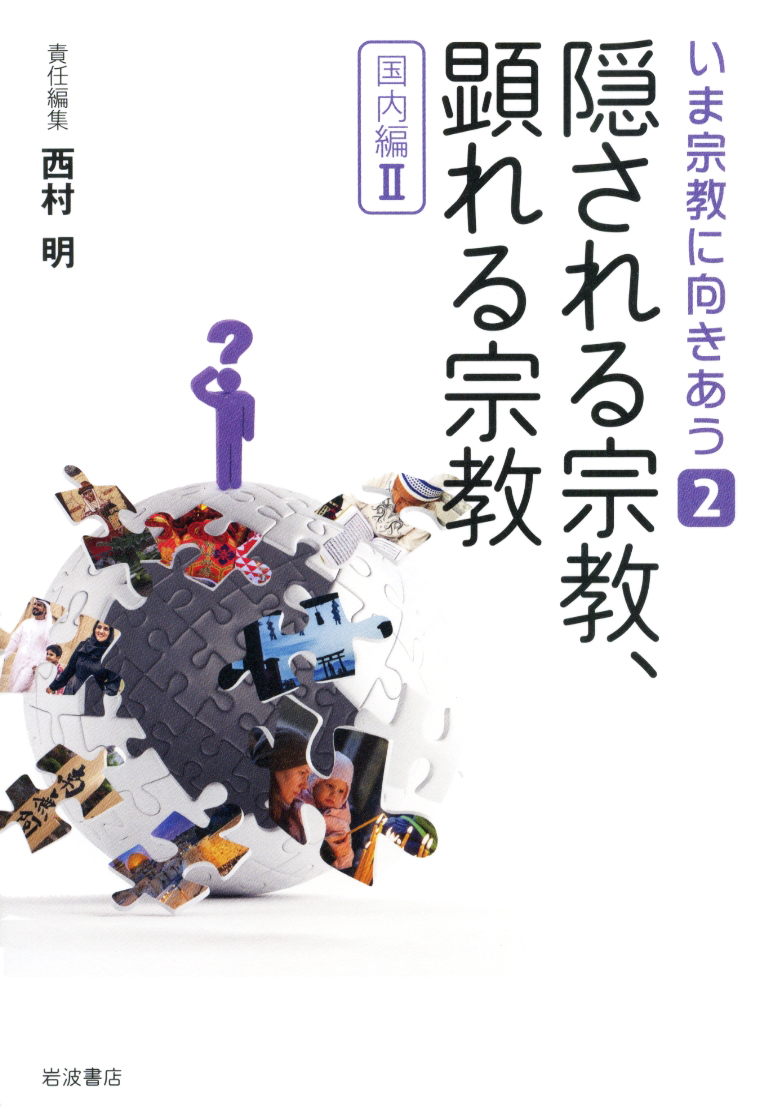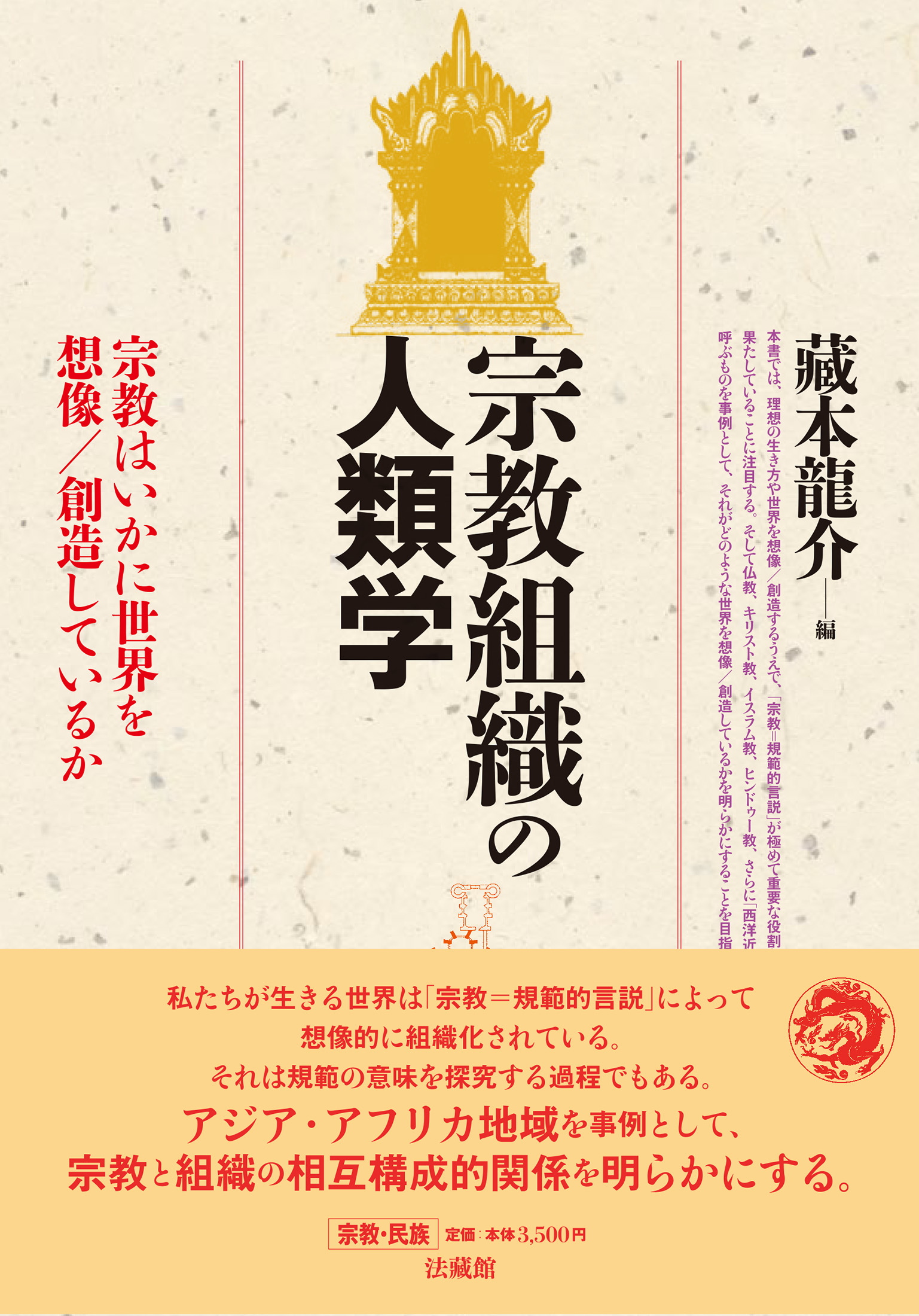
Title
Shūkyō soshiki no jinruigaku (The Anthropology of Religious Organizations - How Religions Imagine / Create the World)
Size
350 pages, A5 format
Language
Japanese
Released
March 31, 2023
ISBN
9784831856517
Published by
Hozokan
Book Info
See Book Availability at Library
Japanese Page
How is the world we live in imagined/created? This book examines this topic ethnographically, using case studies of various religious organizations in Asia and Africa.
Building on Marx's discussion of the importance of imagination as a precondition for revolution, the anthropologist David Rolfe Graeber emphasizes the practical and essential role of imagination in making our lives worthwhile and meaningful. The imaginary world serves as a kind of latent force guiding us to make sense of our actions, and thereby transforming the actual relationships among people, objects, and discourse. In other words, imagination creates (organizes) the world. Put another way, there can be no creation of the world without imagining the world.
In this book, we focus on the pivotal role in our imagining/creating of an ideal life and world that is played by “religion”― a discourse offering norms by which we define our purpose in life and how we should live as well as how we should relate to others (including objects and money). How are the various norms presented in documents and traditions understood? What do we imagine should be our purpose in life and what do we imagine our world to be? How does what we imagine link people, objects, and discourse, and what kind of organization is created as a result? Finally, in this process, how are the various norms given meaning and how does this affect the restructuring of the organization? These questions are at the core of this book, the purpose of which is to clarify the mutually constitutive relationship between “religion” and “organization,” or what might be called the process of “organization = organizing,” using Buddhism, Christianity, Islam, Hinduism, and what this book calls “Western Modernism” as examples.
The significance of this book is to be found first in its presentation of a new analytical framework for anthropological and interdisciplinary comparative religious studies. The question posed by this book, “how does religion as a normative discourse, imagine/create organizations,” can serve as a basis not only for comparisons among individual religions, but also for comparisons extending beyond individual religions to diverse cases in different regions and times. This not only allows us to highlight the individuality of each religion, but also to pursue the more general question of how, as a product of human imagination, “religion=normative discourse” creates human society.
Second, the significance of this book is that it expands the scope of the study of religion. In this book, “religion” is defined as a normative discourse based on documents and traditions. Notable is that the modern legal norms―which encompass not only human rights, rationality, and efficiency, as well as transparency and accountability, but also include the direct distinction of “religious/secular” ― that have traditionally been classified and privileged as “secular” as opposed to "religious” are, in this book, treated as a “religion” based on the “sacred texts” of modern law. By defining the norms of modern law as representing one type of “religion” (Western Modernism), this book aims to expand the scope of contemporary research on religions which has to date focused on world religions and folk beliefs.
(Written by KURAMOTO Ryosuke, Associate Professor, Institute for Advanced Studies on Asia, Graduate School of Arts and Sciences / 2023)



 Find a book
Find a book



